What Hi-Fi? Verdict
LG’s first 2020 OLED is a beautiful TV that improves on its predecessors in a few key areas
Pros
- +
Consistent, natural performance
- +
Improved motion and dark detail
- +
Lovely design
Cons
- -
Currently lacks UK catch-up apps
- -
No feet or pedestal in the box
Why you can trust What Hi-Fi?
In our world, few things are more exciting than the arrival of the year’s first LG OLED TV.
An LG OLED has taken the top TV prize in our Awards for the past three years, so there’s a good chance that the first new model of the year could be a future Award-winner. What's more, with almost every model in LG’s OLED range having the same picture performance, the first one gives a good indication of what to expect from the brand for the year ahead. On top of that, because LG sells its OLED panels to almost every other TV manufacturer, we also get a good look at the broad state of the TV landscape.
So, the first LG OLED of the year really is a big deal, and in 2020 it's the OLED65GX model, known as the OLED65GX6LA in the UK (some retailers also sell an OLED65GX5LB), the OLED65GXPUA in the US and OLED65GXPTA in Australia.
We would usually like to start the year with LG’s C-class OLED, which for 2020 is the OLED65CX, as that’s the most affordable model with the company’s best picture processing. However, this more expensive ‘Gallery’ model delivers the same picture in one of the thinnest, neatest TV chassis ever seen.
So, has LG pushed the OLED envelope yet again? Is the GX’s design worthy of the price premium it commands? And are we looking at yet another potential LG OLED Award-winner?
Price
At launch, the OLED65GX price is £3499 ($3500, AU$5999). That makes it £700 ($700, AU$600) more expensive than the OLED65CX with which it shares its panel and picture-processing tech.
As well as the 65in version on test here, the GX is available in 55in and 77in sizes.
Design
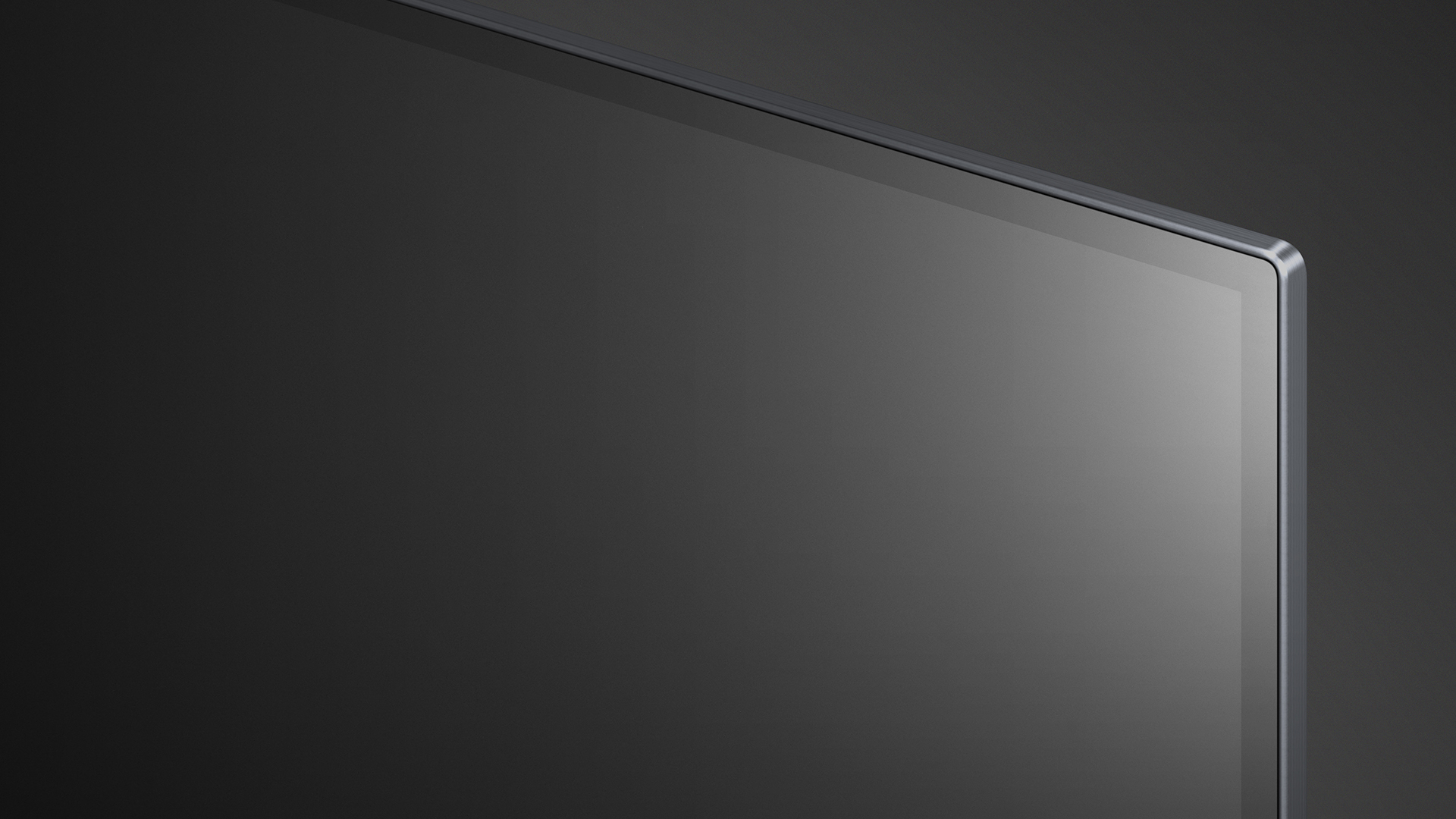
Even by LG’s own admission, buying a GX (or WX or RX) over a CX gets you no better picture quality. Instead, you’re spending that extra money on an upgraded sound system and a fancier design.
In the case of the GX, the CX’s 40W, 2.2ch sound system has been replaced by a 60W, 4.2ch audio arrangement, however, it is undoubtedly the design that most potential buyers will be most drawn to.
While all OLEDs have exceptionally thin panels, they also require an enclosure on the rear to accommodate the processing hardware and connections. That means that most are no thinner at their thickest point than the average LCD model.
The GX is different; it doesn’t have any ultra-thin sections but is instead just 2cm deep all over. By comparison, the CX is 4.7cm at its thickest point and Samsung’s flagship 4K model for 2020, the Q95T, is 3.5cm deep.
The design is predicated on the notion that the GX is wall-mounted, to the extent that there’s no tabletop stand included in the box. Instead, bundled with the TV is a low profile wall mount designed to allow the TV to sit flush to your wall. The GX also has standard VESA mounting points on its rear.
You can also buy a pair of feet for the TV to stand upon, but they’re a bit ugly and sit at the furthest points of the bottom edge, creating an unhelpfully wide footprint. Only those planning on wall-mounting should really consider the GX.
Once up on the wall, the GX is rather nondescript in the best possible way: it’s a big display with a thin black bezel on all sides and barely noticeable gunmetal grey edges. There’s a small, black undercarriage that houses the standby light, receiver for the remote control and a number of sensors, but that’s the TV’s only adornment.
The connections are found about halfway up the set’s rear, with most facing downwards, which means they won’t be easy to access once the TV is mounted. You're advised to plug in your cables before putting the screen on the wall, although the side-mounted USBs are less fiddly to get at.
Features

Those connections include aerial and satellite inputs, three USBs and an ethernet socket (there’s wi-fi, too). There’s an optical audio output, as well as a 3.5mm analogue audio output that doubles as a headphone socket (the TV also supports Bluetooth 5.0).
The four HDMI sockets are fully HDMI 2.1-certified, so support next-gen features such as HFR (high frame rate), ALLM (auto low latency mode), eARC (Enhanced Audio Return Channel) and VRR (Variable Refresh Rate). The latter will be of particular interest to gamers as it allows the TV to match the refresh rate of a games console or PC, resulting in a smoother performance. It’s worth noting, though, that while the PC-exclusive Nvidia G-Sync format is supported out of the box, the AMD FreeSync standard used by Xbox is marked as coming soon.
Away from the physical connections, there are plenty of streaming apps here. Netflix, Amazon Prime Video, Apple TV and Disney+ are all on board, complete with Dolby Vision and Dolby Atmos where the content allows. Google Play Movies & TV is present, too, although we were unable to coax an HDR signal out of this app during testing.
Users in the US will also find Hulu and Vudu in the app selection, although Vimeo is missing, while Australian buyers get the likes of Telstra TV Box Office, Foxtel and Stan. In the UK, Now TV and Sky Store are present, but LG and Freeview Play haven't partnered this year as they have before and, as a result, LG's 2020 TVs are currently missing the core catch-up apps, meaning no BBC iPlayer, ITV Hub, All 4 or My5. The company says it's working on getting the apps added individually but won’t provide a date for this, which is a little concerning. You can at least work around the issue by using AirPlay 2 to 'cast' the likes of iPlayer from an iOS device to the TV, but that doesn't really excuse the lack of native apps.
The otherwise substantial selection of apps is delivered via the webOS platform, which has had only a mild update for 2020. The brightly coloured ‘cards’ that represent each app remain, as does last year’s AI Preview feature, which displays a row of relevant content from an app when you hover over it. It's all very intuitive and snappy in operation.
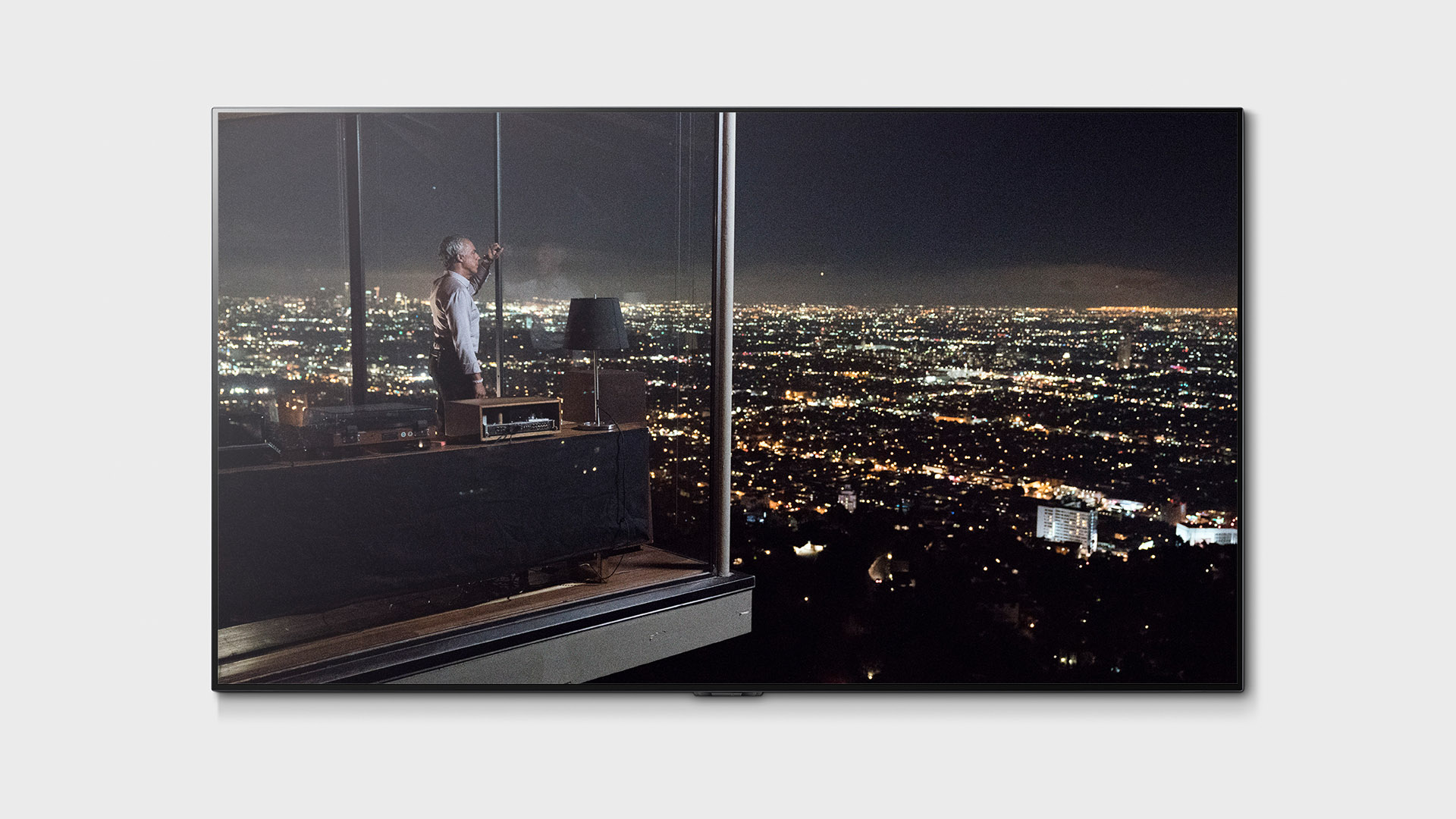
Screen type OLED
Resolution 4K
Operating system webOS
HDR formats HDR10, Dolby Vision, HLG
HDMI 4
USB 3
Optical 1
LG’s cartoon character assistant, Bean Bird, has gone, and you’ll hear no complaints from us: while it (he?) was charming once, the rather Android-like first-time set-up that has been introduced instead is decidedly more sophisticated.
This year’s remote is identical to 2019’s, which is no bad thing; it’s ergonomic and there are plenty of people who find its pointer function very useful. We would still appreciate the option to turn the pointer feature off entirely, but you can at least now reduce the size and sensitivity of the on-screen cursor.
The voice control features have been enhanced though. Google Assistant and Amazon Alexa are built into the set and operated via the remote, but the bigger news is that LG’s own voice assistant has been enhanced for 2020. It can be operated without the remote thanks to far-field microphones built into the set itself via a “hi LG” command. This allows neat features such as turning on the TV and opening an app without the use of the remote control.
The brain of the TV is a new version of LG’s Alpha 9 (a9) processor. This ‘Gen 3’ chip brings with it, among other things, a feature called AI Picture Pro, which LG says will “enhance the resolution and sharpness of contents by an algorithm learned via a LG Deep Learning technique”, and AI Sound Pro, which “provides the optimal sound or Virtual 5.1 surround, depending on the watching genre”.
You are encouraged to enable these features during initial set-up, but they can also be switched on or off in the ‘AI Service’ section of the TV’s menu. Here you’ll also find AI Brightness Control, which adjusts the brightness of the TV based on ambient lighting conditions, and Auto Genre Selection, which is designed to automatically adjust picture processing depending on the type of content being played, but can only discern between animations, movies, news and sport. We recommend leaving both of these switched off.
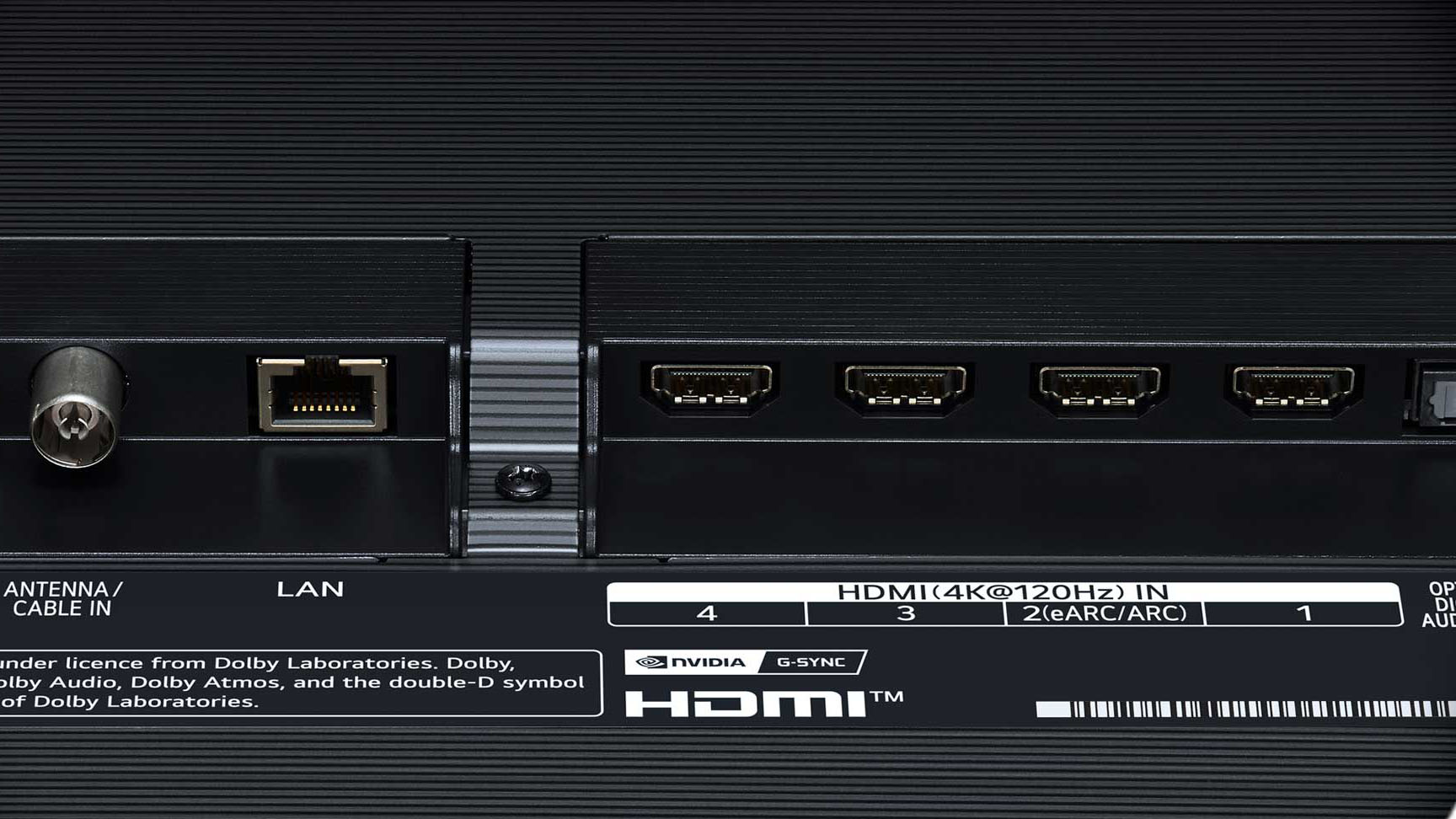
The LG GX is also notable for being the first TV we’ve tested that supports two brand new picture modes: Filmmaker Mode and Dolby Vision IQ.
Filmmaker Mode is a UHD Alliance-approved picture preset designed to deliver the picture precisely as intended. That sounds great, but it’s not metadata-led or in any way tailored to the specific piece of content being played.
In fact, on the GX, Filmmaker Mode applies exactly the same picture settings as the Cinema preset, with the exception of noise reduction, which is switched off in Filmmaker Mode and set to Low in Cinema.
Content that carries the Filmmaker Mode signal is on the way, but this will only trigger the Filmmaker Mode preset – it won’t specify bespoke picture settings. If you don’t appreciate the soft, flat and sepia-tinged approach of typical Cinema modes, the Filmmaker Mode will also leave you cold.
Even more is being made of Dolby Vision IQ, but it turns out that this is also little more than another name for existing features. Dolby Vision IQ is simply a TV reproducing a Dolby Vision signal while also responding to the ambient light in the room, and many TVs have been capable of doing this for quite some time. In fact, LG claims that its 2019 sets are all Dolby Vision IQ-capable, but that there was no name for it then and it can't apply the branding retrospectively.
Interestingly, there’s no specific Dolby Vision IQ setting even on 2020 TVs such as the GX. Instead, when you enable the Dolby Vision Cinema Home preset it automatically enables the AI Brightness Control function and the result is what is now referred to as Dolby Vision IQ.
Considering the huge song and dance that’s being made about this ‘new’ technology, that’s a little anticlimactic. What’s more, the benefits so far appear to be fairly minimal: those who watch Dolby Vision content in a very bright room will notice a little extra dark detail, but the results aren't very pronounced during testing.
Picture
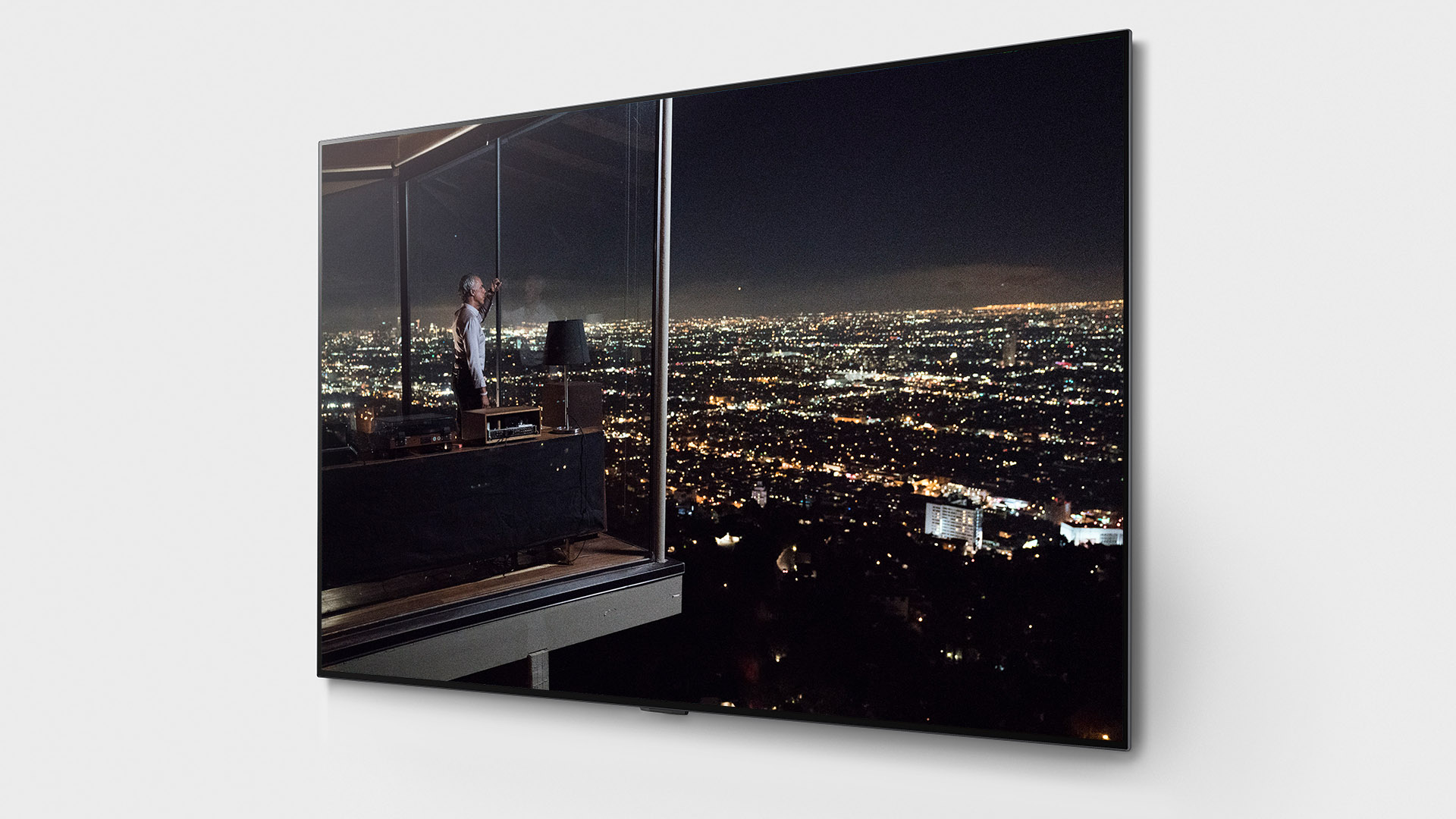
While Dolby Vision IQ is a bit underwhelming, Dolby Vision itself continues to be appealing and, as we begin our viewing with The Witcher on Netflix, is delivered confidently by the LG GX. When a Dolby Vision signal is detected, the TV defaults to the Dolby Vision Cinema Home preset. You can override this and switch to the Standard preset that we use for most other content, but we prefer to stick with Cinema Home. Even the Warm2 default colour temperature is palatable here, although you may want to switch to Warm1 or Medium, which you can do while still benefiting from the dynamic metadata of the Dolby Vision signal.
Comparing the GX’s Dolby Vision delivery to that of last year’s C9, there’s an extra lusciousness and nuance to the colour palette that makes characters, fauna and flora look that bit more organic and true to life. There’s more dark detail, too, without any compromise to the overall depth of the blacks.
Switching to HDR10 with the 4K Blu-ray of Blade Runner 2049, we notice an even greater improvement in dark detail. As ‘K’ stands in the shadows having a conversation with Dr Stelline, the GX reveals all the folds and the different materials of his clothing, while the C9 produces more or less flat black. That slight extra richness is present again, too, with skin tones appearing a little more lifelike without coming across as artificially rosy.
LG has clearly also stepped things up in terms of motion handling. With all processing turned off, the GX is notably smoother and steadier in its handling. What’s more, while the C9’s TruMotion processing looked deeply unnatural on all but the most minimal setting, the GX’s Natural option does an impressive job of further sharpening and smoothing motion without introducing the unnerving so-called ‘soap opera effect’.
While Natural isn’t absolutely perfect - we spot some shimmer to K’s car as it hurtles to the earth after a lightning strike - the moments of imperfection are few and far enough between that most people will barely notice. Those who are particularly sensitive to such things can still turn TruMotion off, or opt for Cinema Clear, which more or less splits the difference.
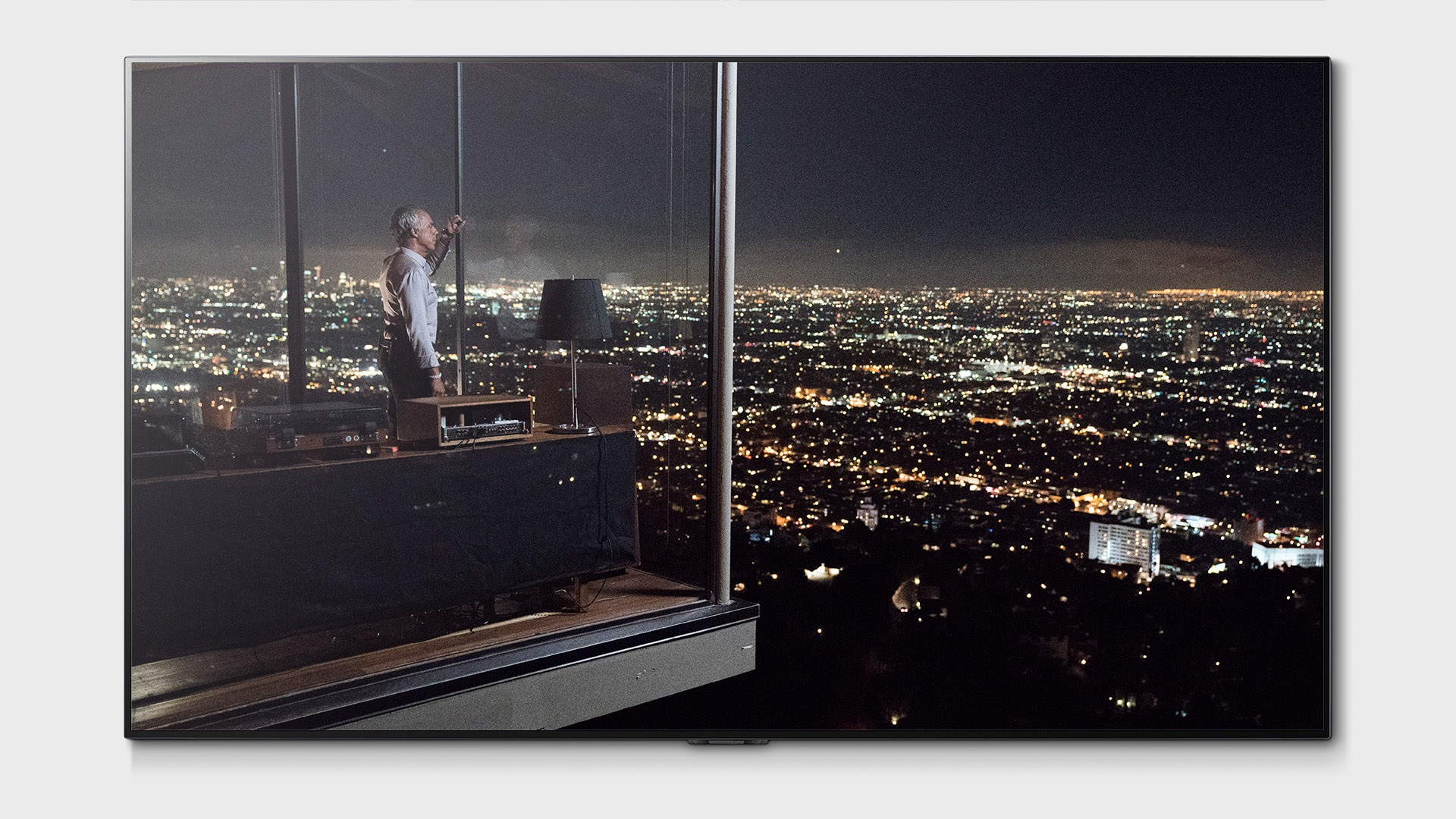
Beyond the improvements to dark detail, colours and motion handling, the GX’s picture is similar to that of the C9. On the one hand, that’s a shame, as we’d anticipated the new AI Picture Pro feature having a more pronounced effect, but both TVs produce sharp and detailed images that never look artificially enhanced, and combine truly perfect blacks with strongly contrasting bright highlights. We’ve seen other OLED TVs in recent months that produce punchier and crisper 4K images, and it’s perhaps surprising that the GX doesn’t go further in those regards, but the effortless naturalism of the picture it provides is a rare pleasure.
Even in 2020, one can’t live off 4K alone, so it’s reassuring to know that the GX’s Full HD performance is also strong. Having calibrated both the GX and C9 using a THX Optimizer disc, we play Aliens on Blu-ray and find that both TVs produce a broadly similar picture with some key improvements in favour of the GX.
The biggest one is black depth. As the film opens with a look around Ripley’s drifting shuttle, the unlit areas of the cockpit are noticeably inkier without any loss of detail. As the film progresses, the extra black enhances overall contrast and makes edges a little more pronounced, resulting in an image that’s a little more solid and three-dimensional overall.
The GX’s motion handling continues to impress here, too, as does that slight extra richness. This isn’t a vast improvement over the C9, but it is at least as good in every way.
Drop all the way down to standard-def and the GX once again trumps the C9 with a deeper, fuller delivery. The upscaling is just a touch cleaner and smoother, too.
Sound

While LG’s more affordable CX model has forward-firing speakers, the GX’s drivers are arranged in a downward-firing configuration so they can be better hidden in the set’s slim chassis. That may sounds like a downgrade, but far from resulting in a vague, indirect delivery, the GX sounds surprisingly good, particularly for a set with a practically invisible sound system.
Using the AI Sound Pro feature is worthwhile, particularly if you also perform the AI Acoustic Tuning, which tailors the delivery to your room. Without these features, the sound is rather lifeless and dull, but enable them and the GX delivers surprising scale and spaciousness.
The delivery is direct and engaging, with good tonal balance and solid, but unforced, bass. With a Dolby Atmos signal, there’s a good spread of sound around the TV itself, although it obviously doesn’t surround the listening position as you’d expect from a genuine home cinema system.
Of course, a TV’s integrated speakers can only do so much, and we would advise partnering this premium TV with a premium sound solution, such as the Sennheiser Ambeo. However, the GX sounds better than expected and will more than suffice for those determined to stick with the in-built sound.
It’s also worth noting that LG’s literature makes reference to a feature called Bluetooth Surround Ready, which allows for any two Bluetooth speakers to be connected to the TV for use as surround speakers. However, the company says that this feature is still ‘under review’ and details are yet to be confirmed.
Verdict
The OLED65GX represents a strong start for LG’s 2020 OLED TVs. Its 2019 models were exemplary, and the company has managed to improve picture quality in a few key areas, with dark detail, colour richness and motion handling all getting a worthwhile boost.
The GX itself, meanwhile, boasts a lovely design. Few TVs are better suited to being wall-mounted, and if that’s your intention, the GX’s premium over the CX could be worth paying. However, if wall-mounting isn’t your plan, we wouldn’t recommend buying the set.
The current lack of UK catch-up apps is a concern, particularly in the case of BBC iPlayer, but we’re trusting LG to quickly remedy that situation and there is at least a workaround in the meantime.
And that really is the only drawback of the OLED65GX. While we don’t think LG’s OLEDs are unbeatable this year, the GX has certainly set a mighty benchmark for its rivals.
SCORES
- Picture 5
- Sound 4
- Features 4
MORE:
Read our LG OLED CX Series hands-on review
Read our LG OLED65C9PLA review
What Hi-Fi?, founded in 1976, is the world's leading independent guide to buying and owning hi-fi and home entertainment products. Our comprehensive tests help you buy the very best for your money, with our advice sections giving you step-by-step information on how to get even more from your music and movies. Everything is tested by our dedicated team of in-house reviewers in our custom-built test rooms in London, Reading and Bath. Our coveted five-star rating and Awards are recognised all over the world as the ultimate seal of approval, so you can buy with absolute confidence.
-
Brazos_HouTx Reply
I'm buying it because it's one of the few models that offer a NextGen TV ATSC 3.0 tuner . And our local stations have converted.What Hi-Fi? said:LG’s 2020 OLED TV range gets off to a superb start with this beautifully designed ‘Gallery’ model.
LG OLED65GX : Read more

